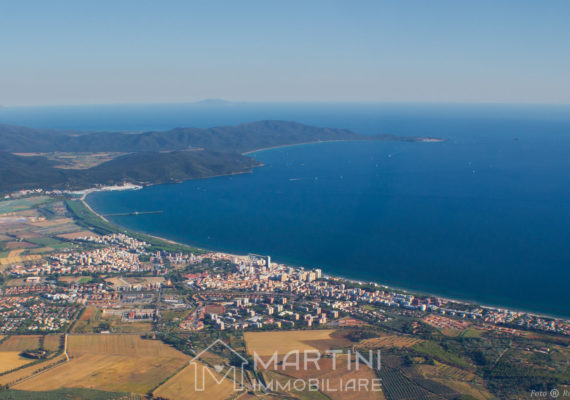Volterra is a city in Tuscany located in the heart of the Region, practically equidistant from Siena, Florence, Pisa and the sea.
When you visit Volterra you immediately notice its characteristic medieval appearance, identified by buildings with exposed stone facades and narrow alleys with paved floors. This current representation of the past, which allows you to enjoy the atmosphere of an ancient village in every corner, has a reason for being. This incredible conservation was possible thanks to the particular location and isolation of the city. Volterra is in fact located on the top of a steep hill at 530 meters above sea level. The lack of major connections such as highways, railways and airports has limited its industrial and commercial development, effectively preventing the building havoc that often accompanied the economic development of large cities, giving us the opportunity to visit an ancient medieval city in modern times.
Volterra and the Etruscans
When you visit Volterra, you could feel that it was a center of notable importance during the Etruscan era. Etruscans were masters of Tuscany approximately between 1000 years and 100 years BC. In Velathri (Volterra in the Etruscan language) there are in fact numerous testimonies of this ancient people of central Italy.
First of all there are structures still visible today:
the ancient and majestic gateway to the city, then remodeled during the following eras and the remains of ancient settlements that came to light thanks to the archaeological excavations of the ancient acropolis, which stand out on the highest part of the hill.
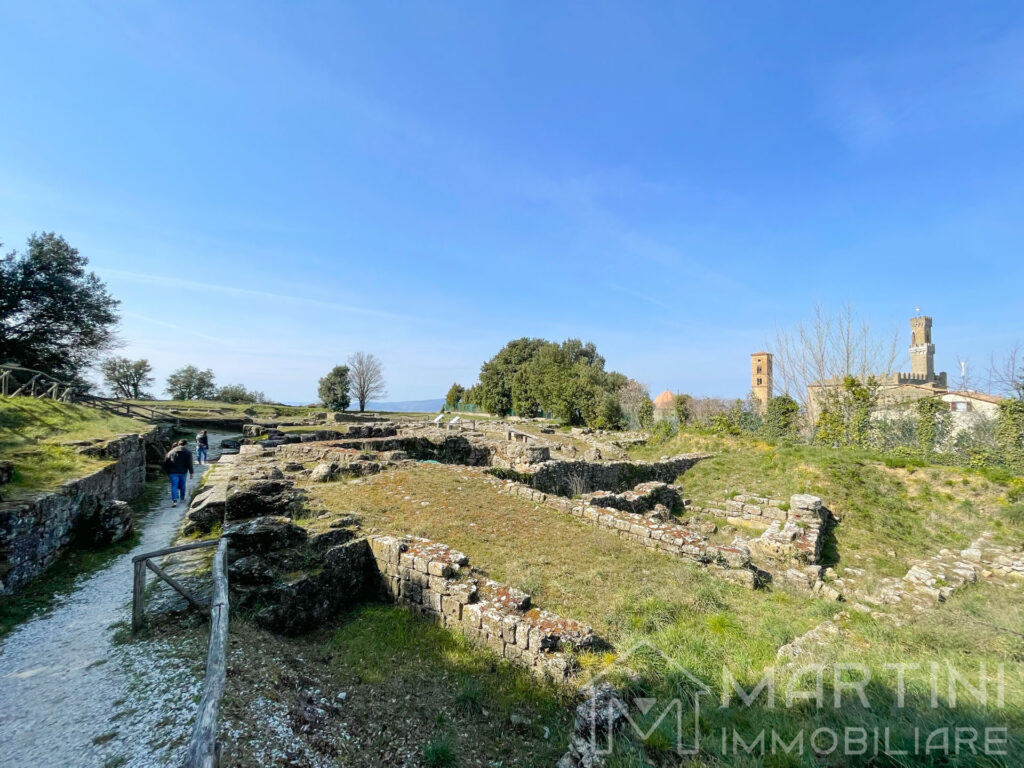
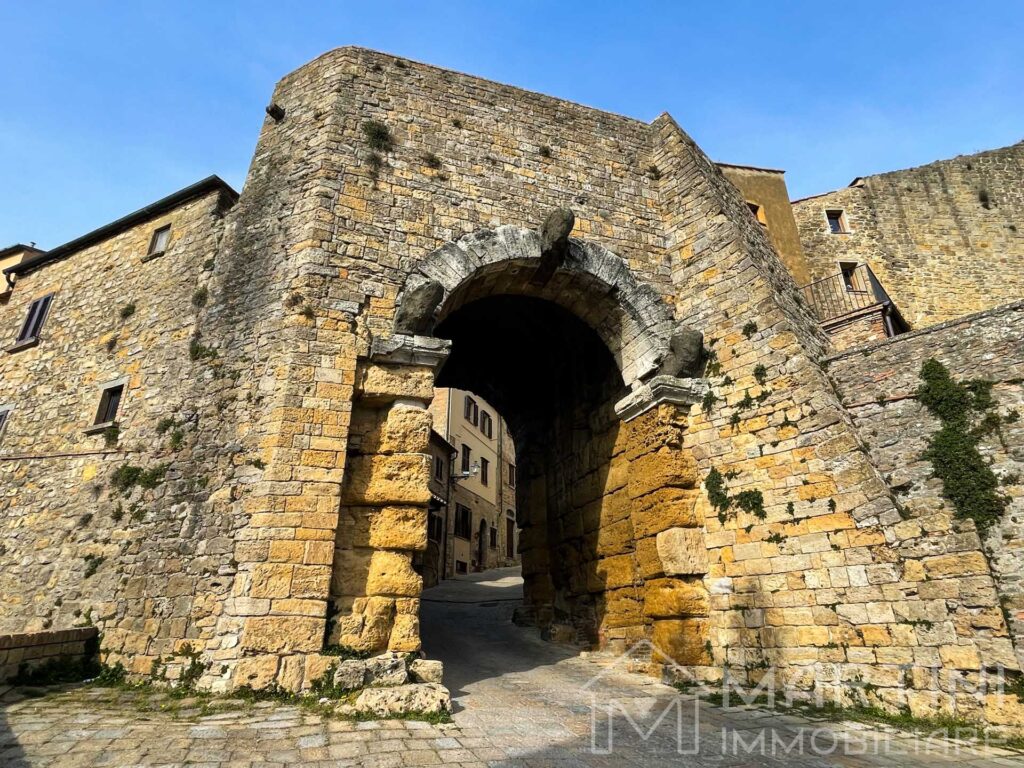
We find another important testimony in the city’s Etruscan Museum. The museum houses the largest collection of funerary urns in the world (about 600) and is one of the oldest public museums in Europe as well as being one of the most important Etruscan museums in all of Italy.
Romans in Volterra
Once Etruria was conquered, around the first century. B.C. the Romans however continued to inhabit Volterra. There are numerous traces of the presence of Romulus’ descendants around the city. From the large rainwater collection tank, located in a raised position with respect to the city, right next to the Etruscan Acropolis, to the beautiful amphitheater where the Romans of Volterra went to see their famous shows.
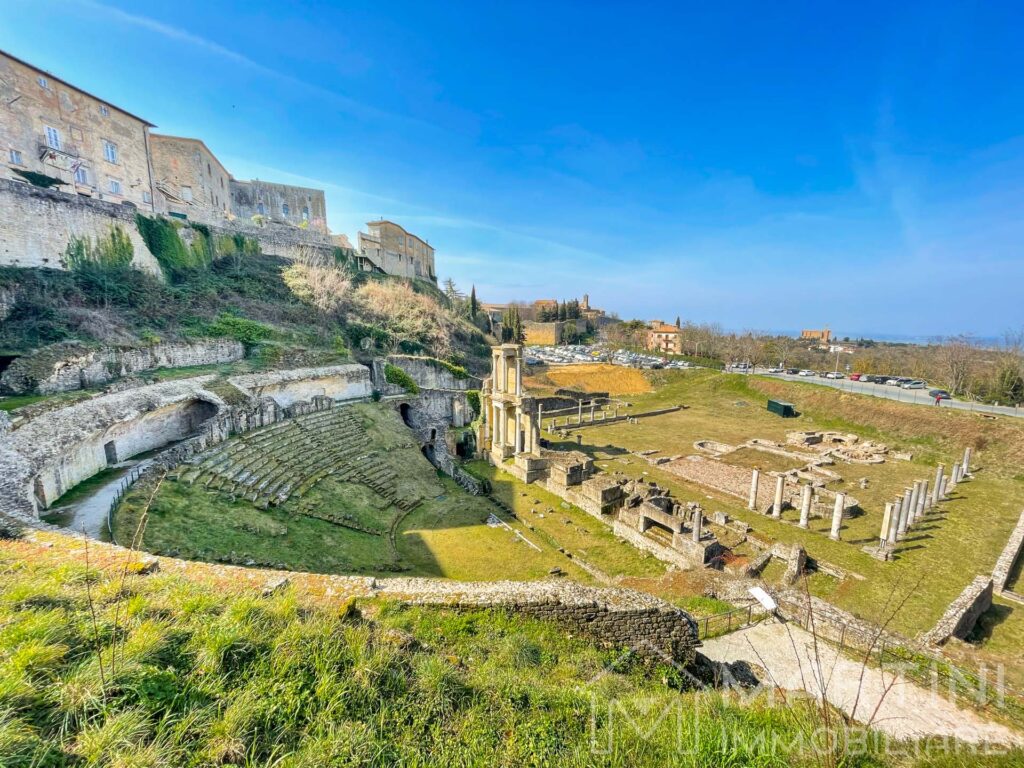
Once you visit Volterra, you should also see these other important museums: Pinacoteca Civica, Museum of Sacred Art and the Ecomuseum of Alabaster.
Just beyond the urban center you can find an uncontaminated landscape and a quality of life still on a human scale. Worthy of note is the local artistic handicraft unique in the world: the working of alabaster.
Medieval Age
The medieval history of Volterra is above all linked to the power over the city by the religious figure of the Bishop. In fact starting from the year 1000d.C. the episcopal power increased more and more, making him the main one in the city for the following 3 centuries. In this era the temporal power of the Bishops of Volterra was so strong that it even extended as far as the distant Tuscan lands of the Upper Maremma.
Most of the Old Town structures that we see today originated in medieval times. Volterra has in fact remained enclosed in the following centuries almost completely within the circle of the thirteenth-century medieval walls. Fortified perimeter that we can consider the arrival point of an urban expansion process. Expansion starting around the year 1000AD. and finds its conclusion in the early 1300s. with the construction of the walls near the main gates of the city.
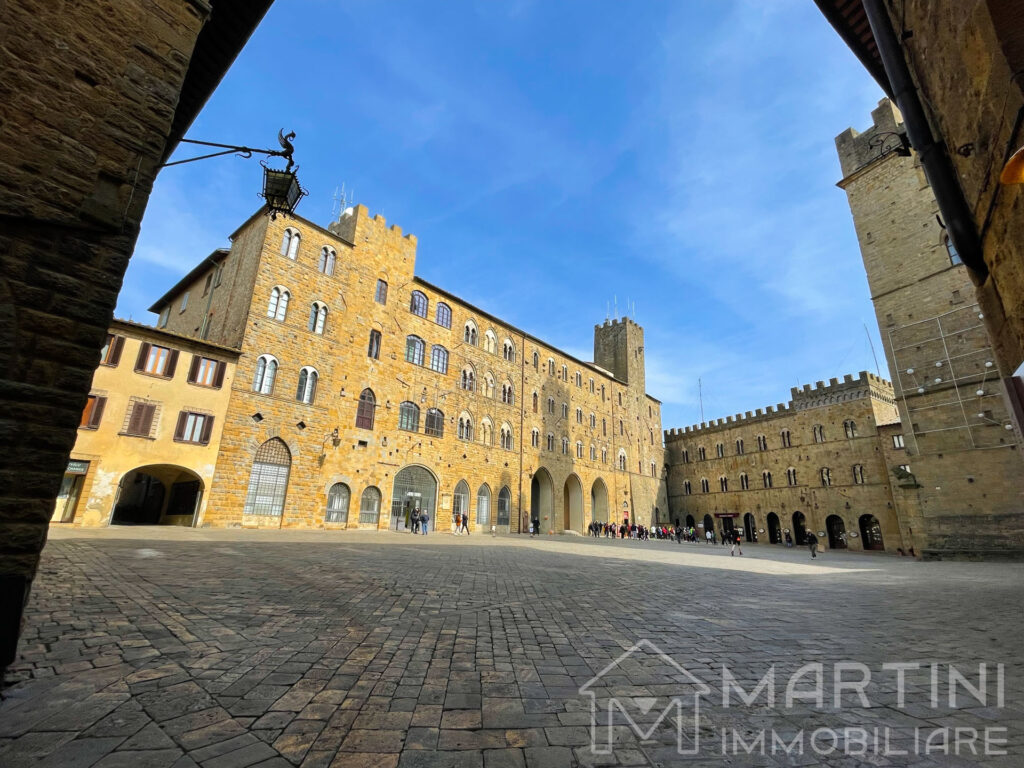
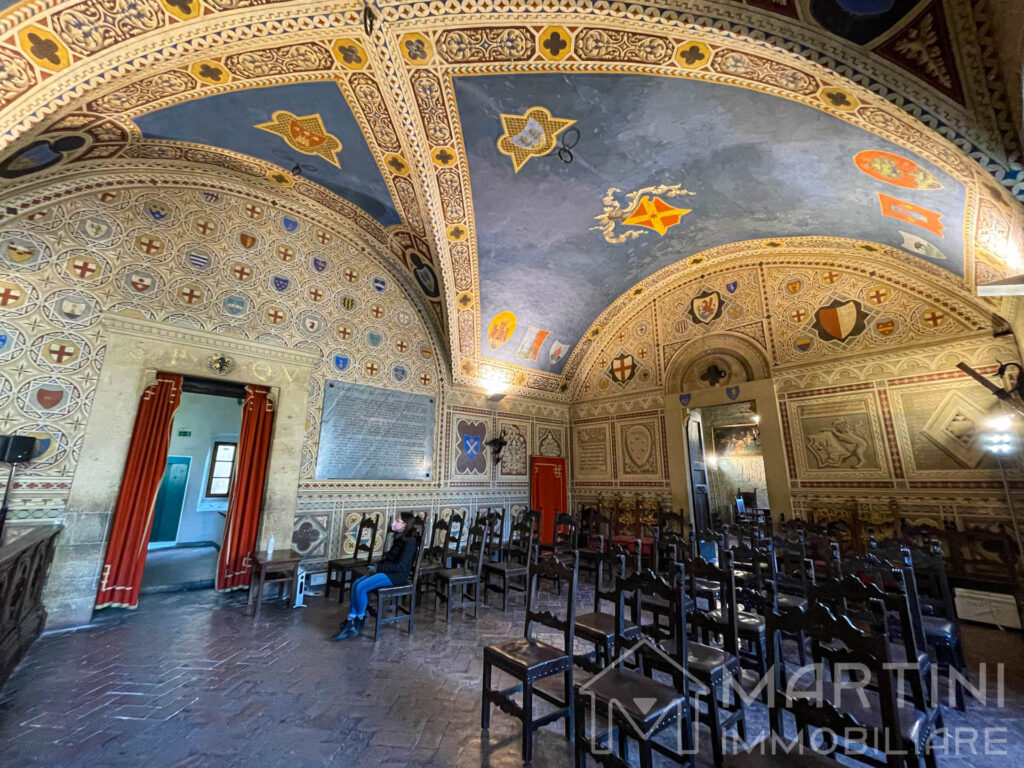
Visit Volterra Today
The current medieval circuit of the walls enclosed until recently almost the whole city, which in fact has not had a strong urban expansion over the centuries, remaining, therefore, practically identical to itself, with its four medieval villages connected to the city center from narrow and uphill roads.
At the end of the nineteenth century and in the first thirty years of this century, the large complex of the psychiatric hospital was built in the area of Borgo S.Lazzero. Today, however, it is a modern hospital structure.
Also in the area of San Lazzero you can see the old railway station, inaugurated in 1912, which connected the city to Saline di Volterra through daring scaffolding.
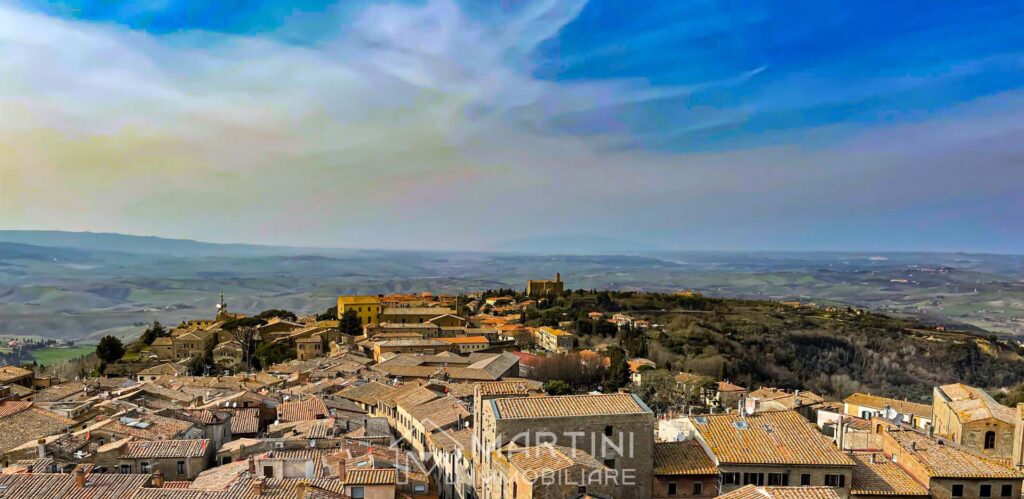
Today the city of Volterra is one of the best preserved medieval historical centers in Italy. Tourist destination stormed every year, especially during the summer, by thousands of tourists from all over the world, ready to immortalize with smartphones and cameras that turn into time machines with every click, vivid images of medieval structures fortunately remained intact to the present day.



